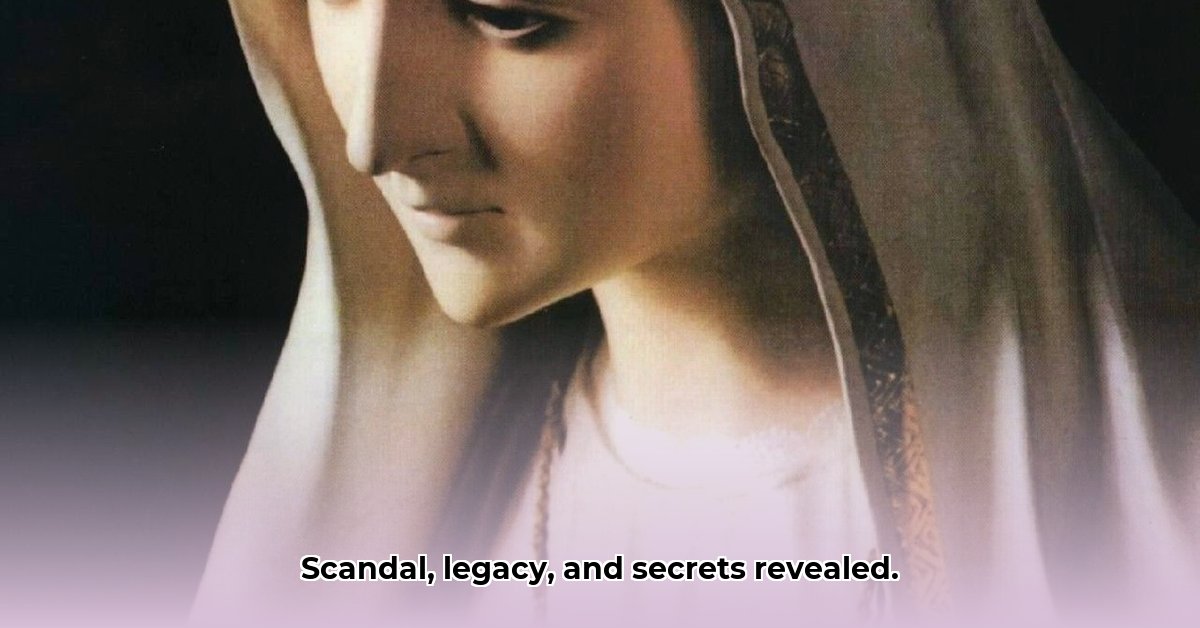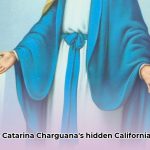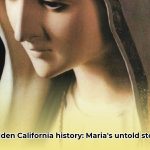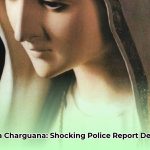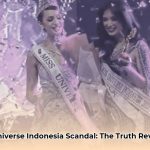The story of Maria Catarina Charguana, born in 1848 amidst California’s transformation, offers a poignant glimpse into the intersection of cultures and the complexities of identity during a period of immense change. This article explores her life, her heritage, and the ongoing efforts to piece together her story from fragmented historical records. Charguana’s narrative underscores the importance of preserving Indigenous voices and reclaiming marginalized histories. For a powerful statement, see Charguana’s Statement.
A Life at the Crossroads: Maria Catarina Charguana’s Heritage
Maria Catarina Charguana’s birth coincided with California’s transition from Mexican to American rule, a pivotal moment that shaped the lives of countless individuals. Born on May 4, 1848, at Mission San Fernando Rey de España, she was the daughter of Jean Baptiste Charbonneau, son of the famed Shoshone guide Sacagawea, and Margarita Sobin, a Luiseño woman. This unique heritage placed her at the crossroads of Luiseño, French-Canadian, and Spanish colonial influences, a convergence of cultures that defined her early life.
Unveiling Margarita Sobin: A Luiseño Mother’s Story
Margarita Sobin, Maria Catarina’s mother, remains a figure largely obscured by history. As a Luiseño woman, likely born around 1825 near present-day Oceanside, she carried the traditions and stories of her people. Understanding Margarita’s life is essential to understanding Maria Catarina’s world. What was her experience within the mission system? What language did she speak, and what customs did she pass on to her daughter? Further research into Margarita’s life promises to enrich our understanding of Maria Catarina’s upbringing and the role of Indigenous women in 19th-century California.
Jean Baptiste Charbonneau: From the Lewis and Clark Expedition to California
Maria Catarina’s father, Jean Baptiste Charbonneau, nicknamed “Pompey,” carried his own remarkable legacy. The son of Sacagawea and Toussaint Charbonneau, he had traversed a world that often struggled to categorize him. He spoke French and English, and learned German and Spanish during his six years in Europe, a trip financed by Clark to round out his education. He also spoke Shoshone and other western American Indian languages, which he picked up during his years of trapping and guiding. What role did he play in Maria Catarina’s life? Did he share stories of his extraordinary travels and instill in her a sense of her unique lineage?
Baptism at Mission San Fernando: A Tangible Link to the Past
The record of Maria Catarina’s baptism offers a tangible link to her past. Baptized just weeks after her birth at Mission San Fernando Rey de España, her entry in the mission’s records confirms her existence. Yet, even this document raises intriguing questions. The use of “Charguana,” presumably her mother’s family name, instead of “Charbonneau” hints at the possibility of an unacknowledged relationship between her parents, reflecting the social pressures and constraints placed upon interracial couples during this era.
Piecing Together a Life: Challenges and Opportunities in Historical Research
Much of Maria Catarina’s life remains veiled in mystery, highlighting the challenges of reconstructing the stories of marginalized individuals in 19th-century California. Fragmented records, cultural biases, and the passage of time have created gaps in our understanding of her experiences.
Mission Records: A Colonial Perspective
Mission records, while valuable, offer a colonial-era perspective, often reflecting biases and omissions that obscure Indigenous experiences. Birth, marriage, and death records provide essential details, but they must be interpreted with a critical eye, recognizing the power dynamics at play within the mission system.
Census Data: Glimpses into Community and Location
Census records offer glimpses into Maria Catarina’s life, placing her within specific communities and providing context for her family’s circumstances. These records can reveal details about her household, occupation, and relationships, but they are often incomplete and may reflect inaccuracies or biases.
Oral Histories: Voices from the Past
Oral histories offer invaluable insights into the lives of Indigenous peoples in 19th-century California. Passed down through generations, these stories preserve cultural traditions, family histories, and personal experiences that are often absent from written records. Engaging respectfully with the Luiseño community and other relevant Indigenous groups is essential to gathering these invaluable narratives.
Land Records: Unveiling Connections to the Land
Records of land ownership and transactions may indirectly reveal Indigenous presence and family relationships. These documents can provide clues about ancestral lands, community ties, and economic activities, shedding light on the lives of individuals like Maria Catarina and her family.
Ethical Considerations and Collaborative Research
Researching Indigenous history requires a commitment to ethical practices and collaboration with Indigenous communities. Respecting cultural sensitivities, securing informed consent, and prioritizing Indigenous voices are paramount.
Collaboration with the Luiseño Community
Collaboration with the Luiseño community is essential to understanding Maria Catarina’s heritage and the broader context of Indigenous life in Southern California. Engaging with tribal elders, cultural experts, and community members ensures that research is conducted with respect and sensitivity, honoring the traditions and perspectives of the Luiseño people.
Protecting Cultural Heritage
Protecting cultural heritage is a fundamental responsibility in researching Indigenous history. This includes respecting sacred sites, preserving oral traditions, and avoiding the exploitation of cultural knowledge for personal gain. By prioritizing the well-being of Indigenous communities and safeguarding their cultural heritage, researchers can contribute to a more just and equitable understanding of the past.
Maria Catarina Charguana: An Enduring Legacy
Maria Catarina Charguana’s story, though fragmented, offers a powerful reminder of the resilience and adaptability of individuals navigating a period of profound change. Her life embodies the intersection of cultures, the challenges of identity, and the importance of preserving Indigenous voices. By continuing to research her story, engaging with Indigenous communities, and upholding ethical research practices, we can honor her legacy and contribute to a more complete and accurate understanding of California’s history.
- Unlocking Evie McGee’s Parents:A Deep Dive into Evelyn Colbert’s Success - July 25, 2025
- Discover Evie in Rosie’s Rules: A Complete Character Guide - July 25, 2025
- Evelyn McGee Colbert Family: 30 Years of Success and Love - July 25, 2025
